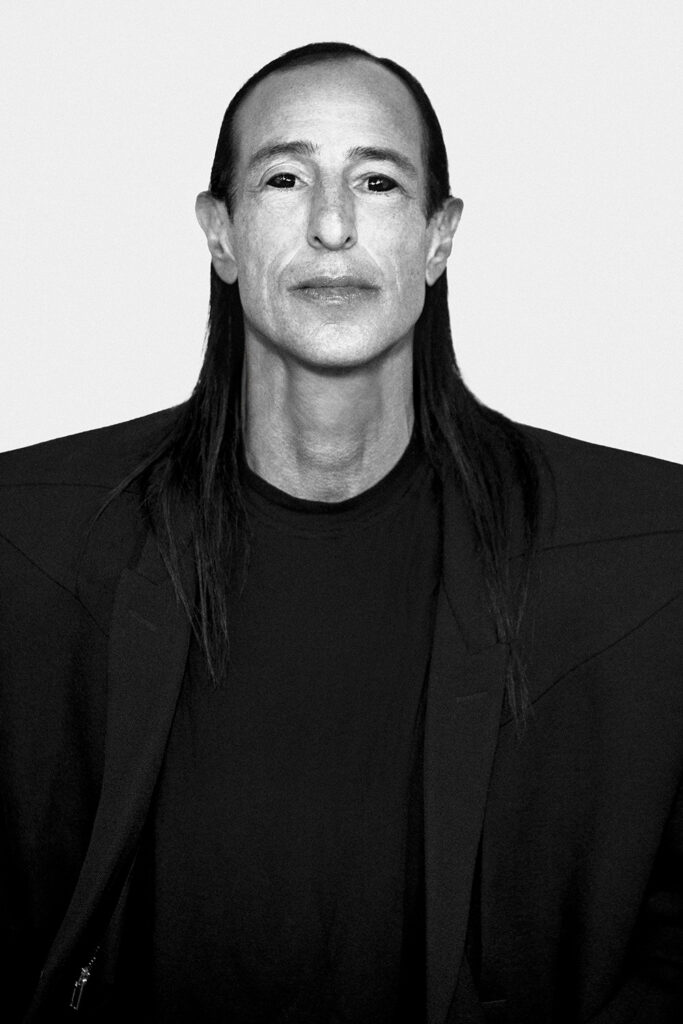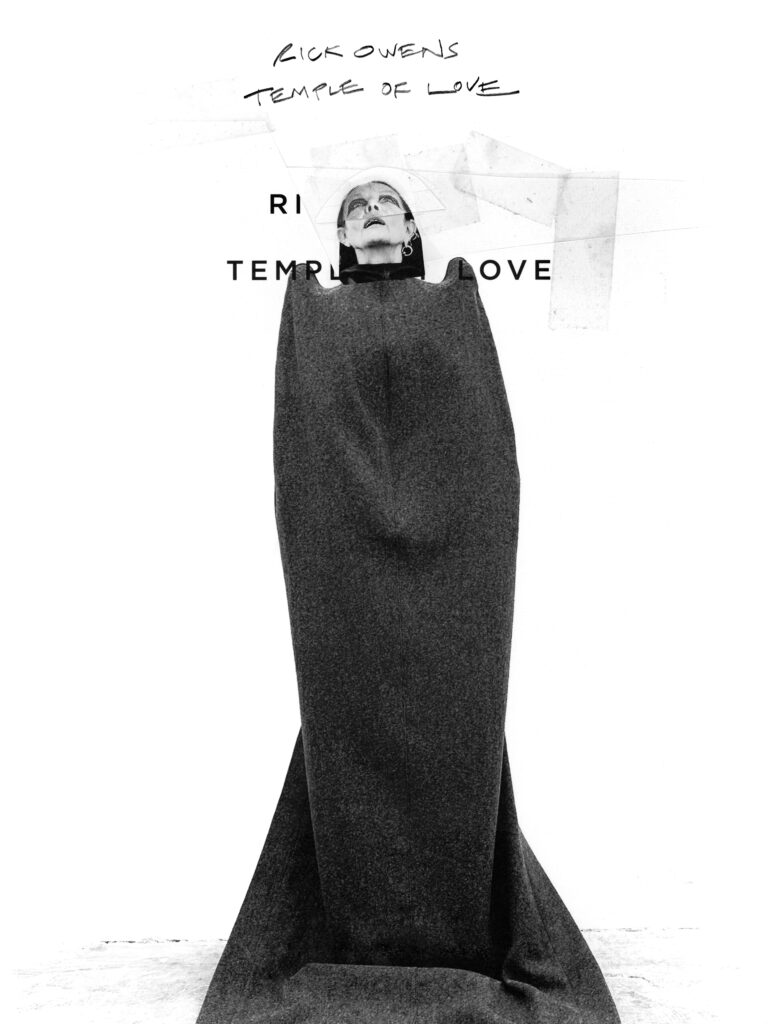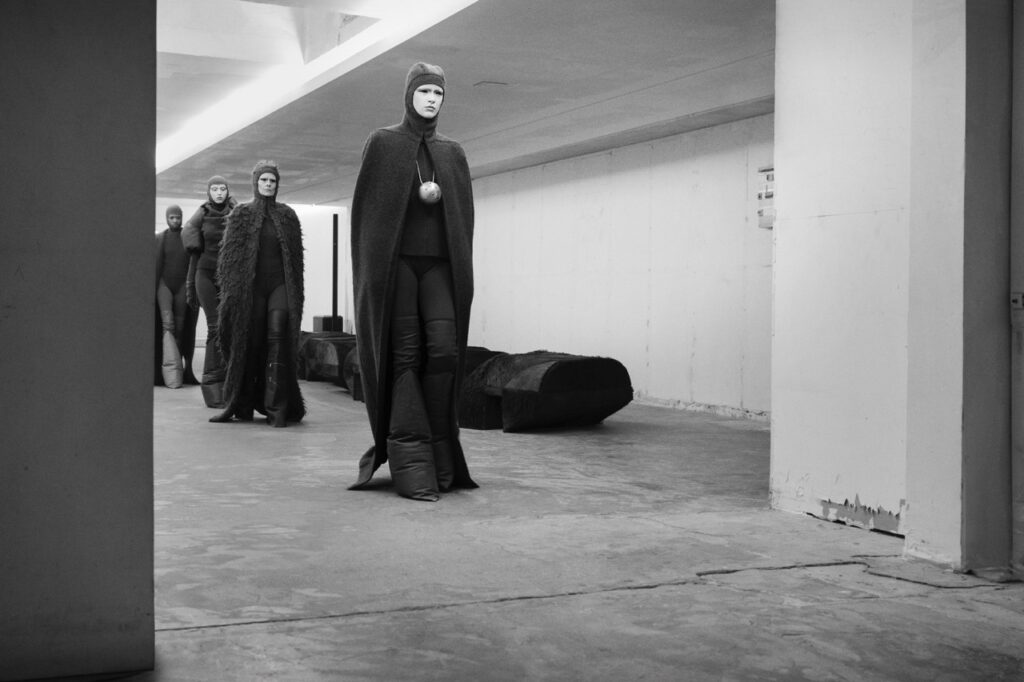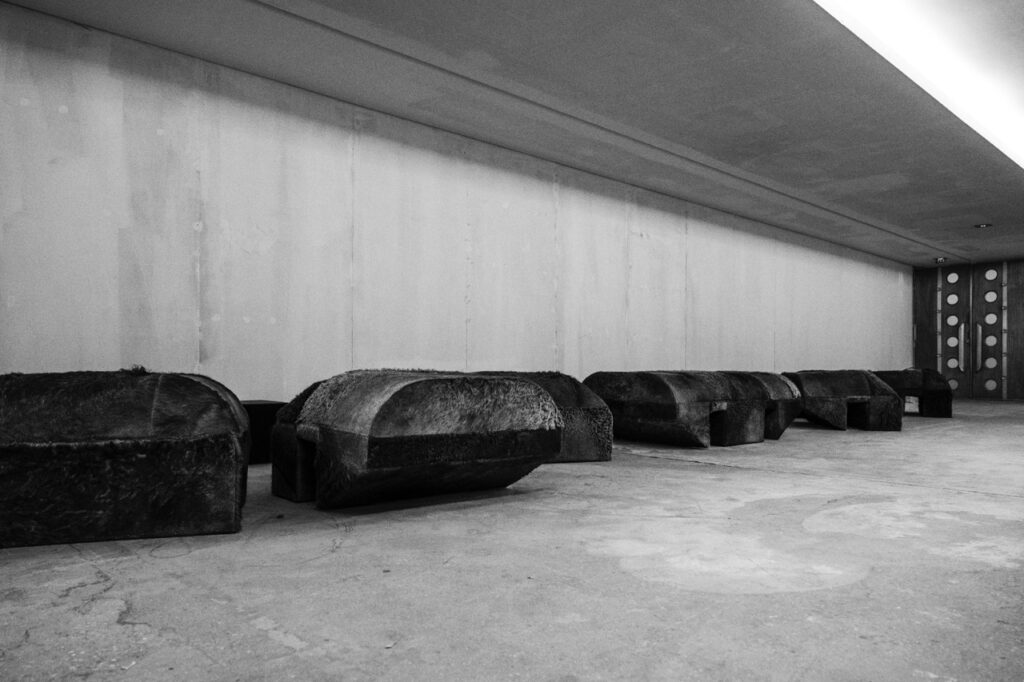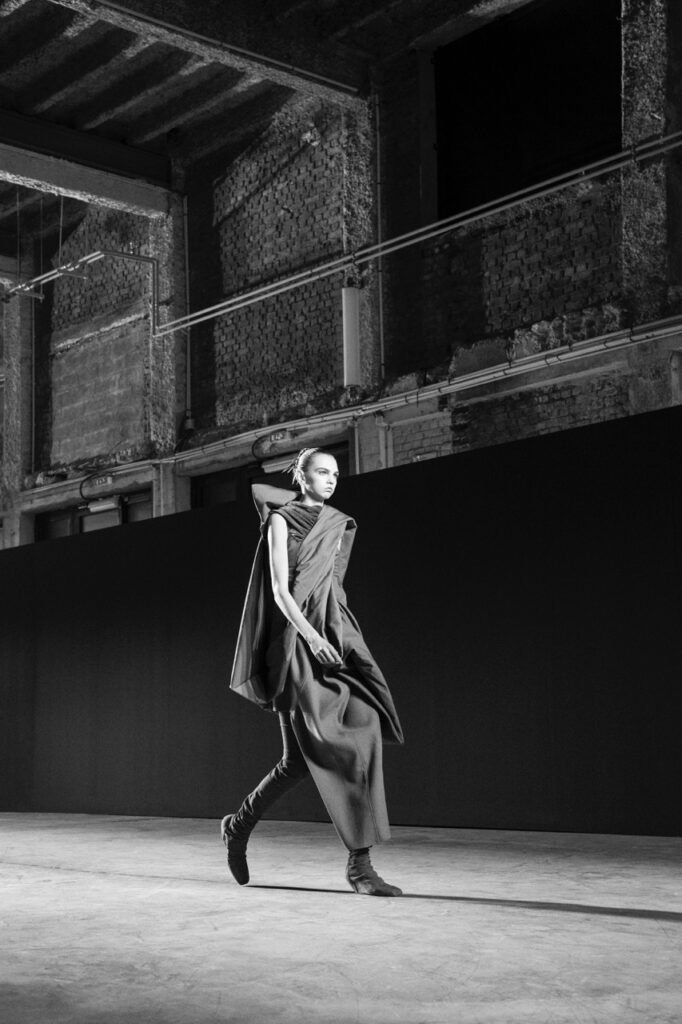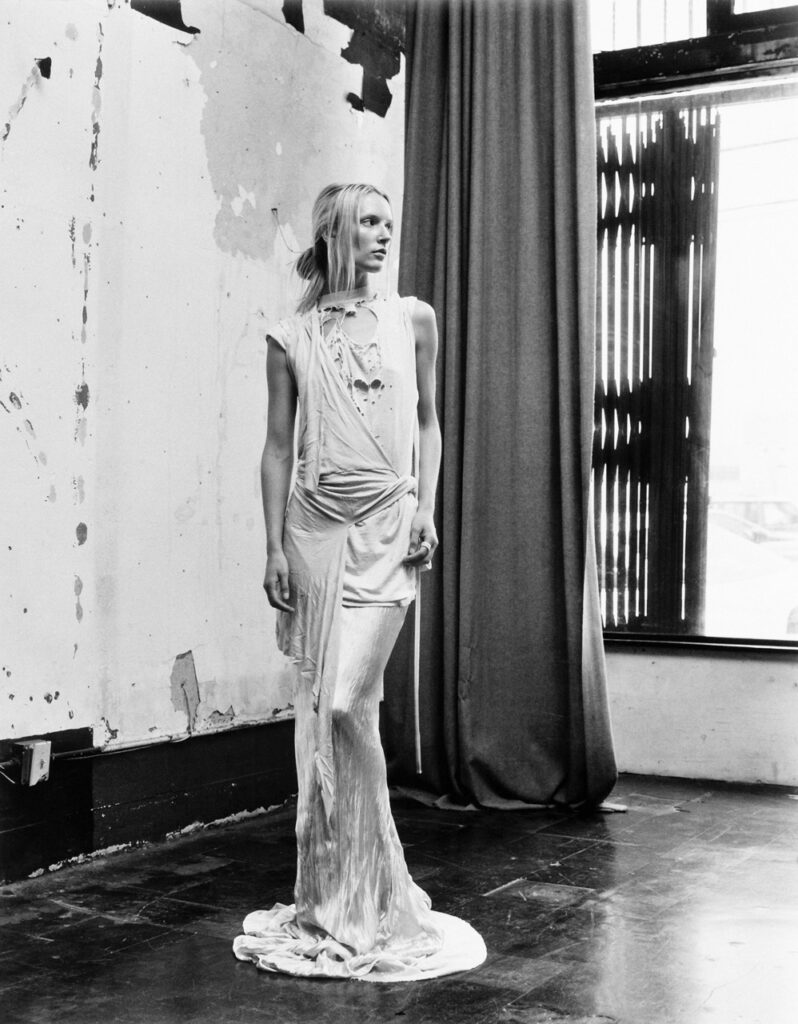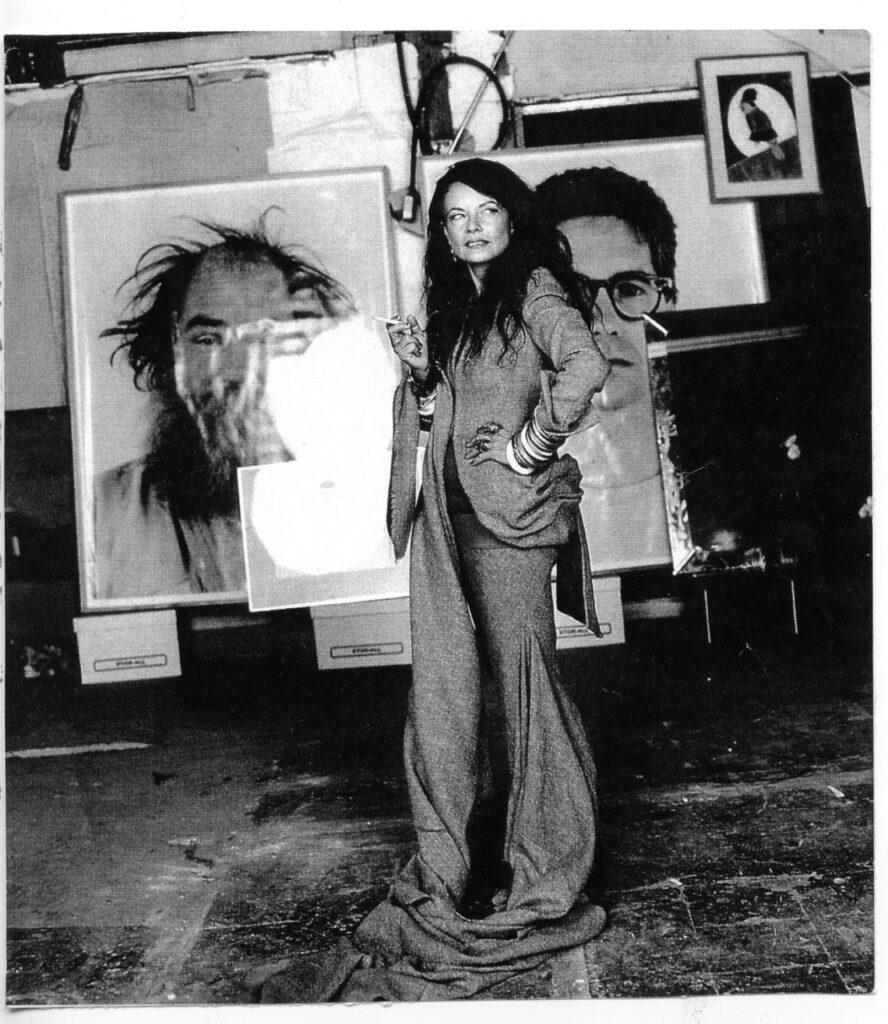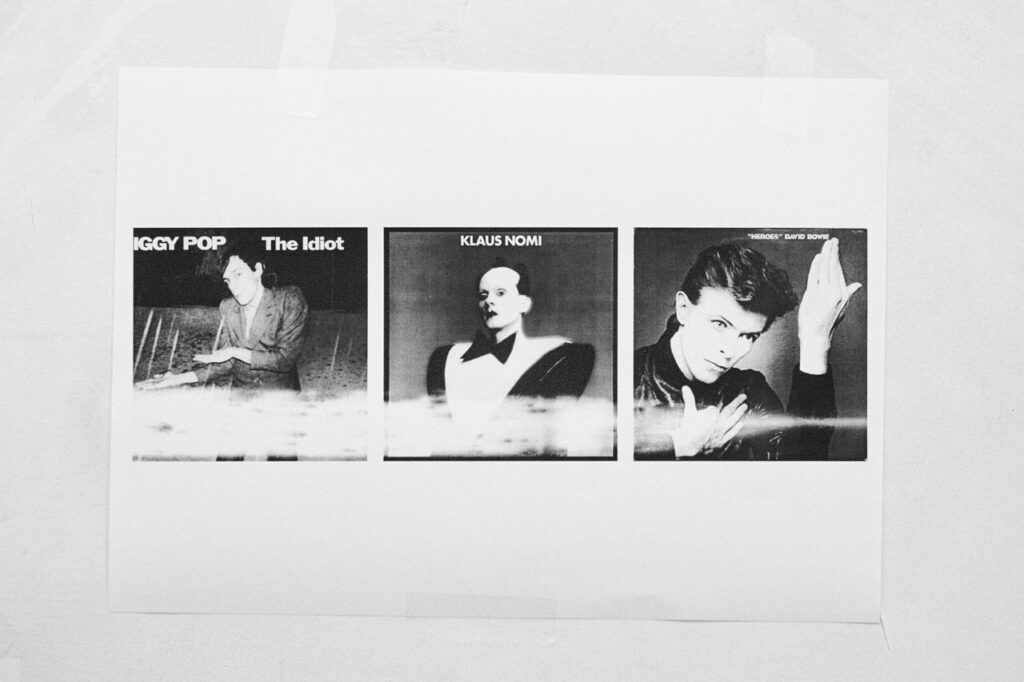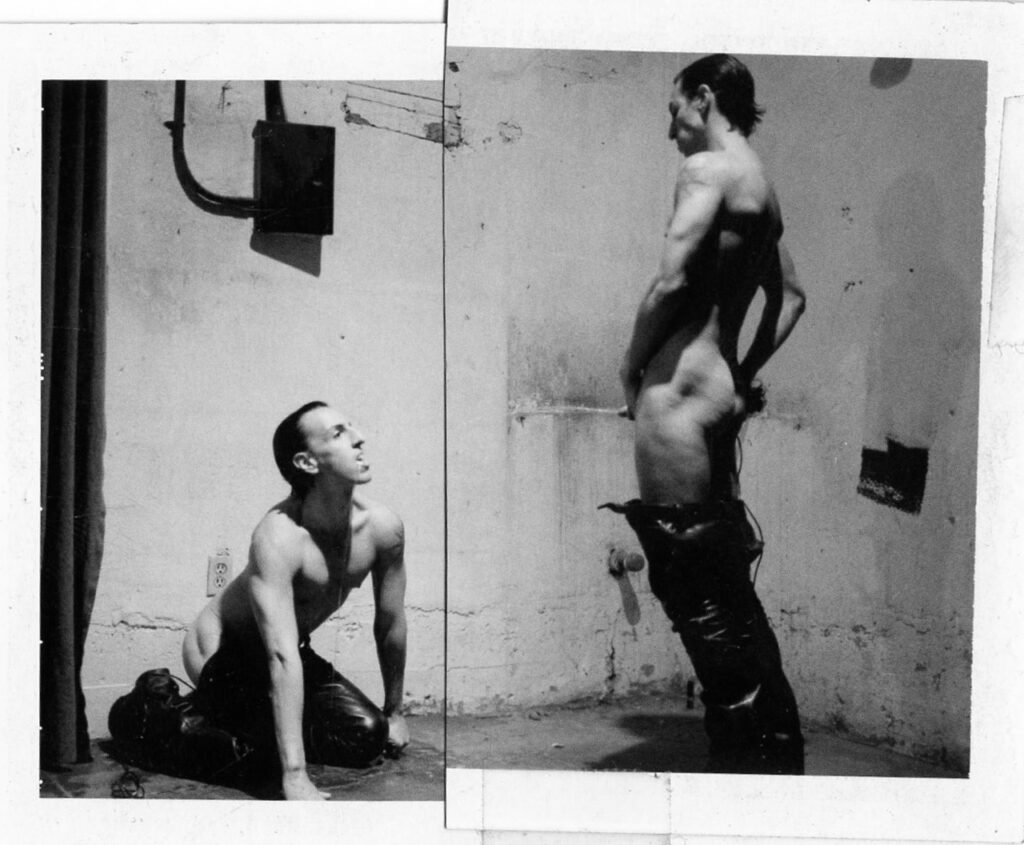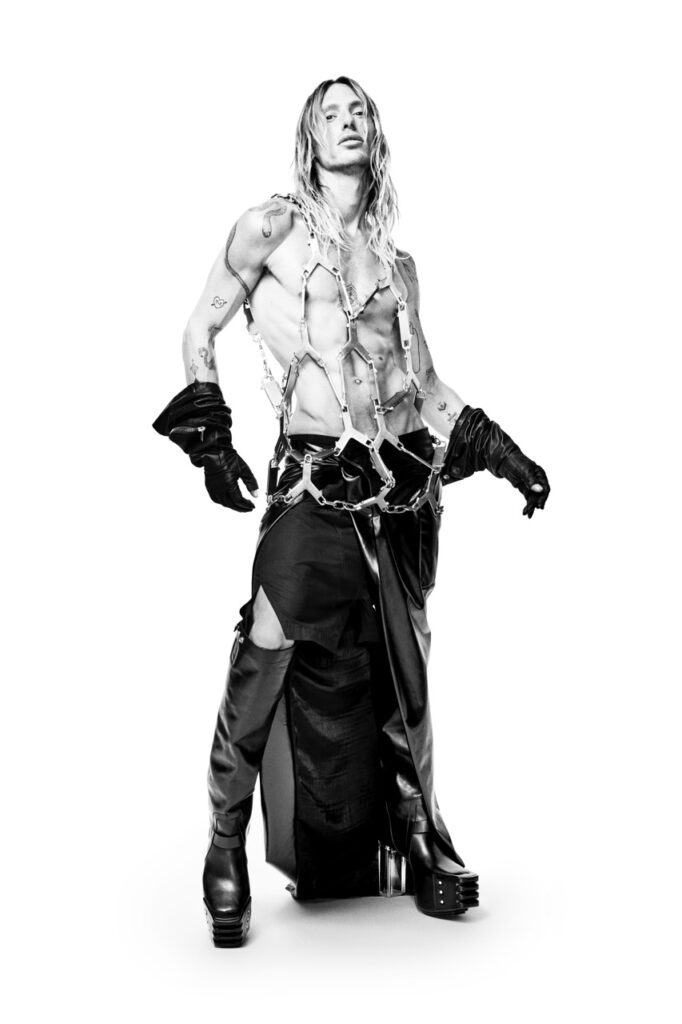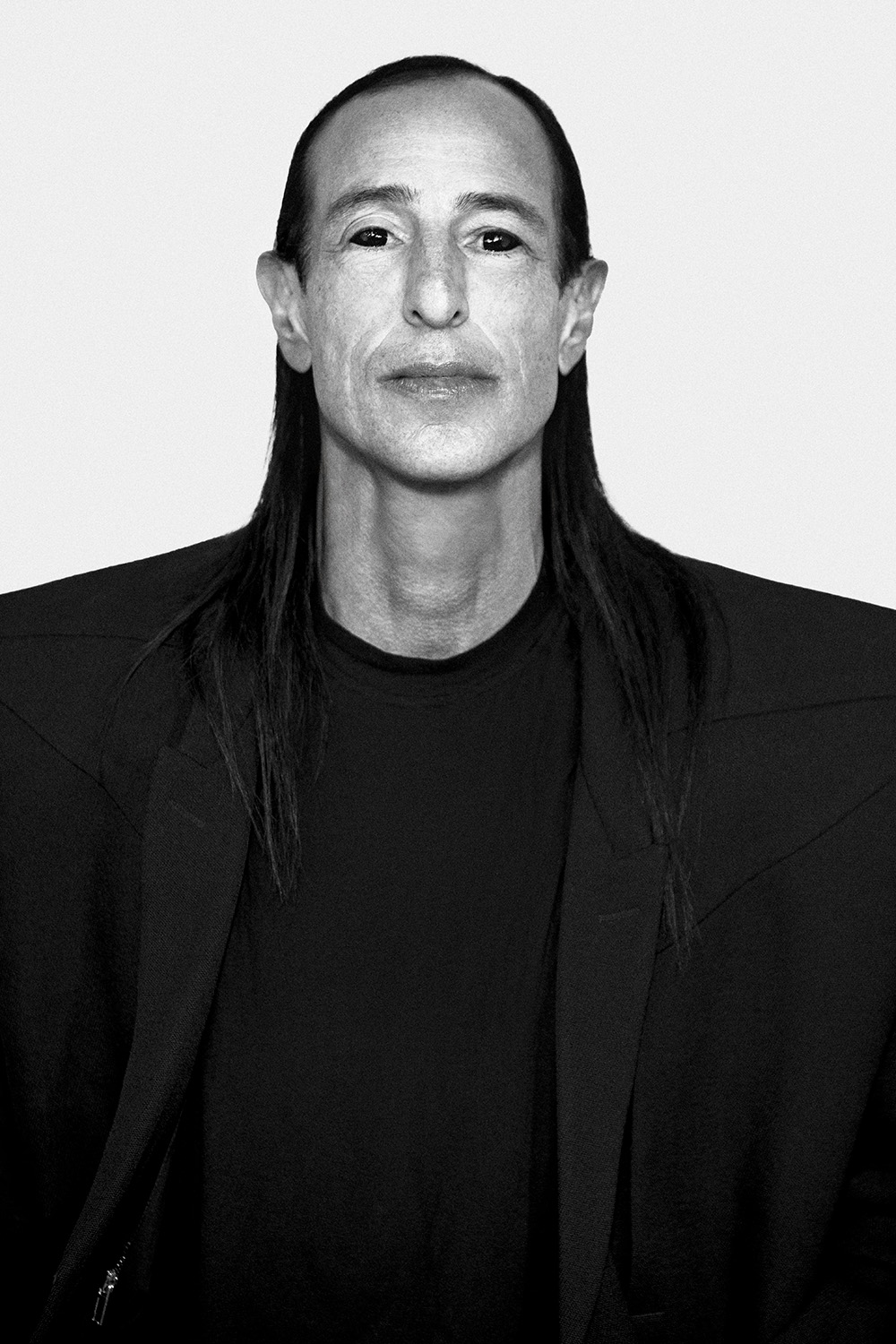Rick Owens doesn’t do retrospectives. He builds monuments. For Temple of Love—his first major exhibition in Paris—the high priest of fashion’s dark arts transforms the Palais Galliera into a sensual, sculptural shrine: part mausoleum, part love letter, entirely his.
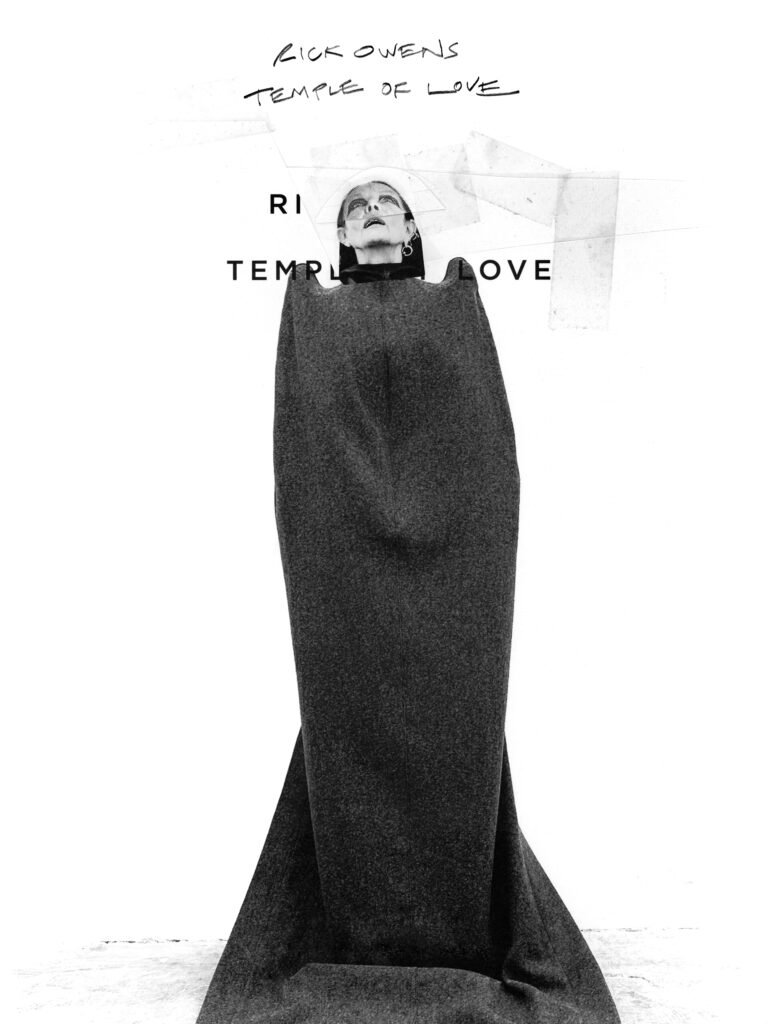
Curated in collaboration with the museum, but directed by Owens himself, Temple of Love spans more than 100 silhouettes from the designer’s archive. It traces a line from his raw Los Angeles beginnings in the 1990s to the mythic brutality of his contemporary Paris years. But it’s a retrospective that refuses nostalgia. Instead, it functions as a living ecosystem of Owens’s enduring obsessions: sex, power, ritual, decay, and beauty.
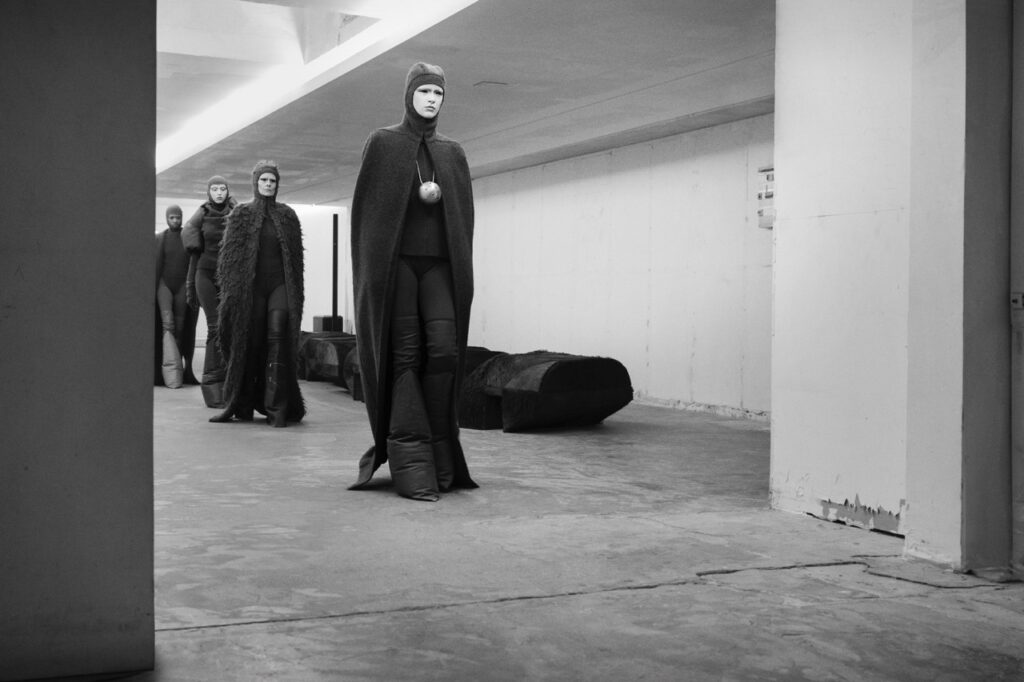
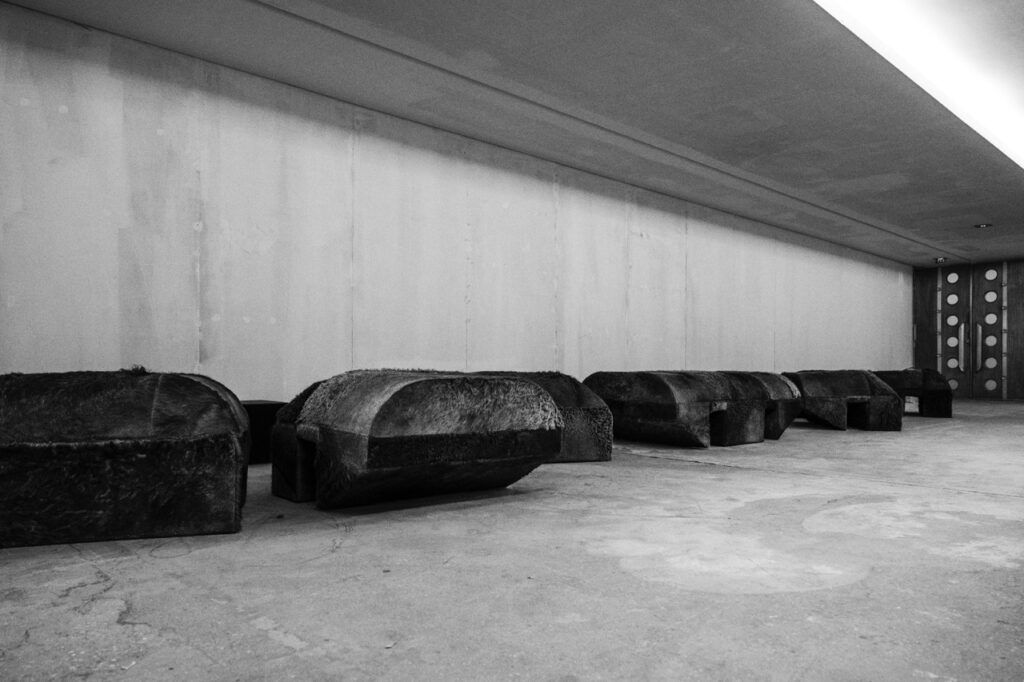
The exhibition spills beyond the museum’s walls. Outside, sequined fabric winks at passersby, cloaking thirty Brutalist cement sculptures. Designed by Owens and placed among viny Californian plants, they suggest a kind of post-apocalyptic Eden, a garden grown from the ruins of modernity. Inside, garments float like relics in a crypt. Archival pieces, never-before-seen installations, and artworks by Gustave Moreau, Joseph Beuys, and Steven Parrino orbit Owens’s universe like constellations of influence. The effect is spiritual, mythic, and cinematic.
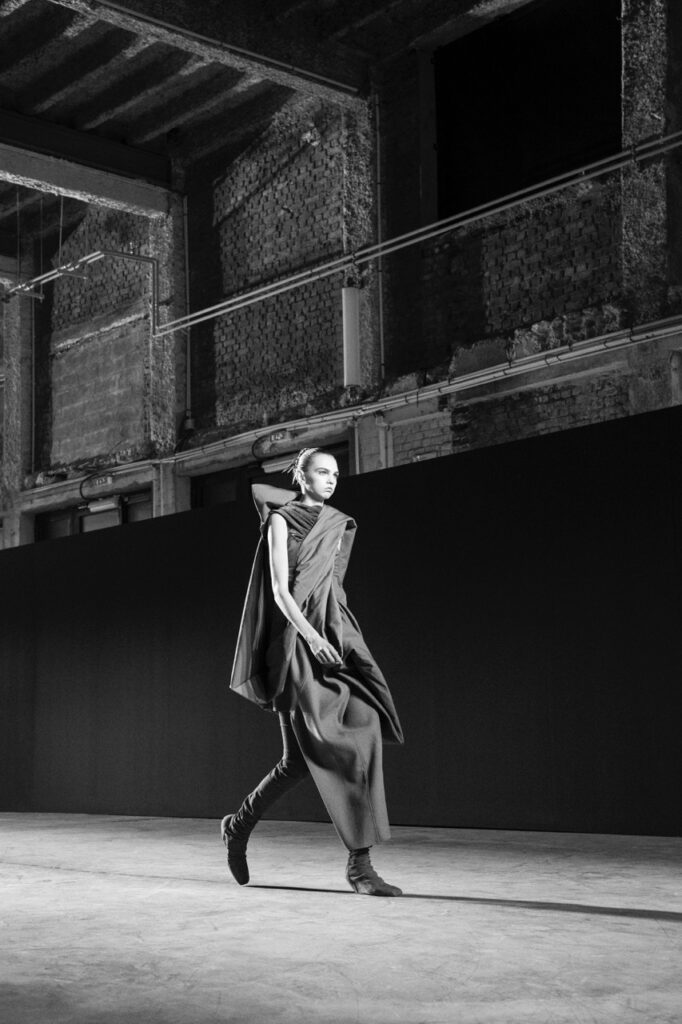
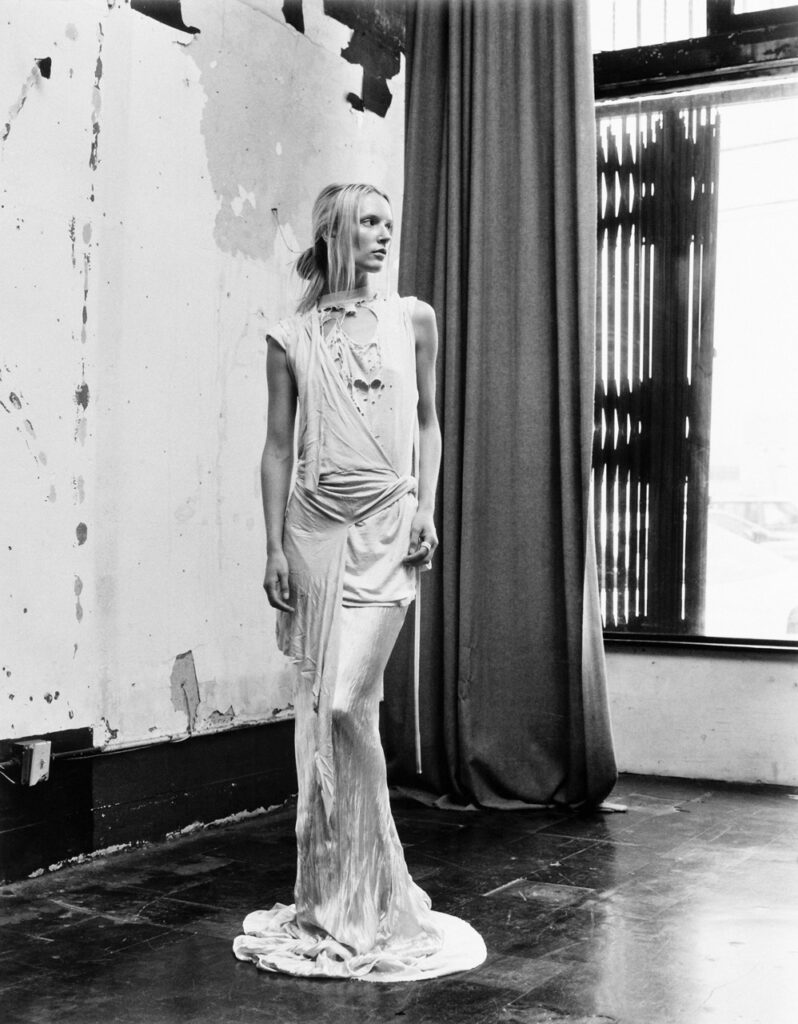
Temple of Love is a deeply personal act of world-building. At its center is a re-creation of the stateside bedroom Owens shared with his partner, Michèle Lamy. She’s a spectral force within the exhibition’s language: part muse, part medium. Lamy has always been more than a collaborator; she’s an anchor of Owens’s mythology, a beating heart behind the stone and smoke.
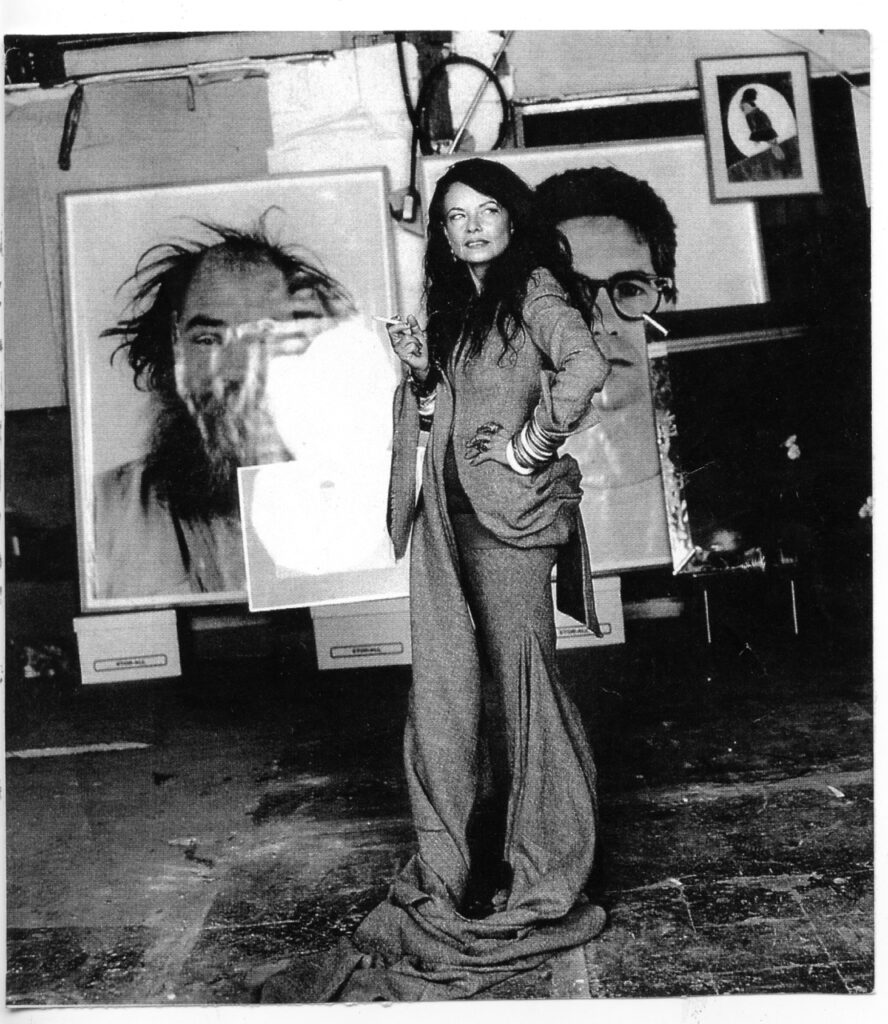

Born in 1961, Owens began cutting patterns in Los Angeles before launching his own label in 1994. His early designs were crafted from salvaged leathers and military blankets—elegant, unslick, and slightly dangerous. The clothes felt like Hollywood noir dragged through the desert. But in 2003, a relocation to Paris marked a shift in his practice. The work became more architectural, more ceremonial, and more overtly political. Over the years, he’s staged some of fashion’s most memorable runway interventions: commissioning an all-female, predominantly Black step-dancing team to stomp down the catwalk; sending partially nude models into the spotlight in the name of liberation; casting the unconventional and the iconic side by side.

Owens’s message—clear, consistent, and never merely performative—is one of radical freedom. Just as well, Temple of Love carries a surprising tenderness. There’s a quiet spirituality to the way pieces are presented, as if each one is delivering a sermon. Owens’s signature shades (black, dust, murky flesh tones) hum under the light. The clothes aren’t just designed. They’re sculpted, lived in, wept over. You feel it. He’s not dressing bodies. He’s armoring souls.
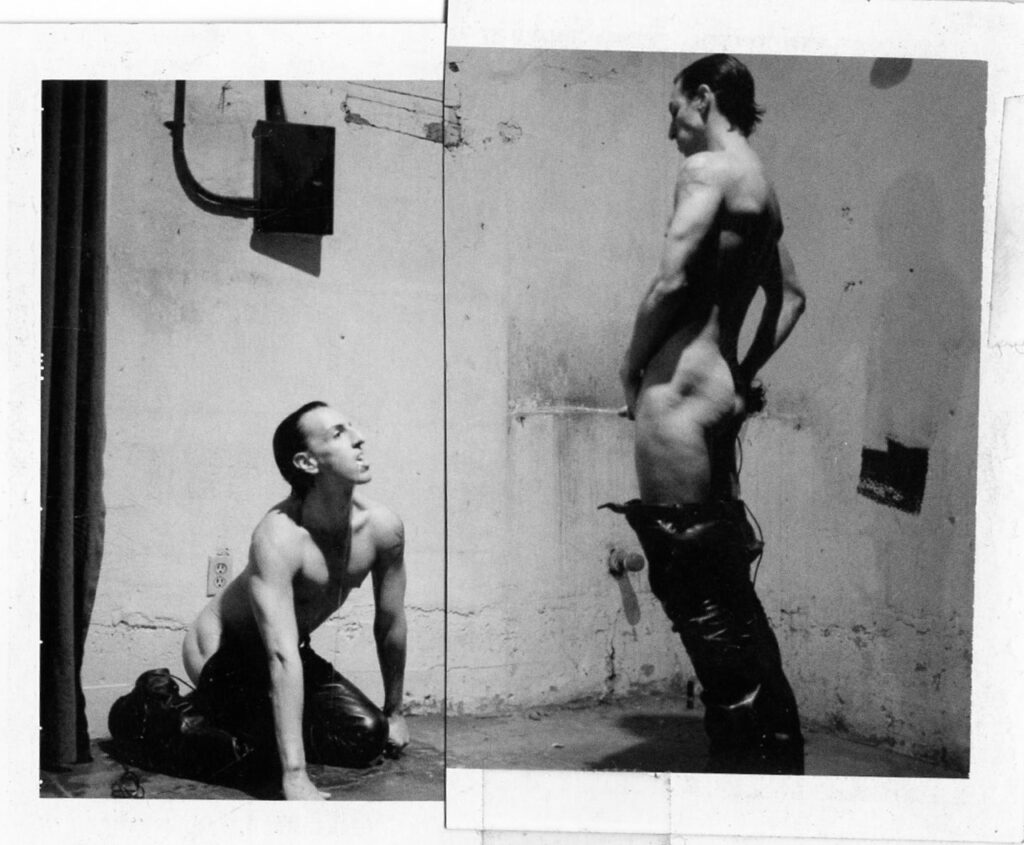
Owens doesn’t offer this space to glorify himself. Instead, he shares what he’s built: a vision of fashion as sanctuary, rebellion, ceremony, and devotion. There’s no posturing here—only belief. In an era obsessed with clean slates, trend cycles, and AI-generated gobbledygook, Owens reminds us that real originality is textured. It has scars. It wears rings. It walks through fog. It might smell like incense and gasoline. And it lasts.
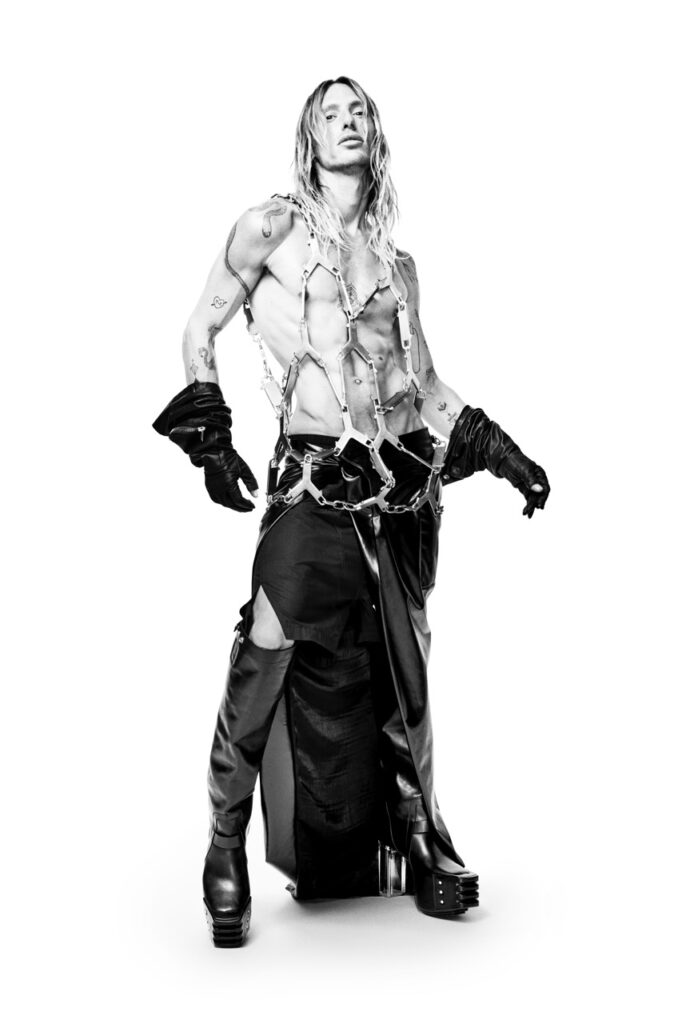
This story appears in the pages of V155: now available for purchase!
All imagery courtesy of Palais Galliera
Discover More
